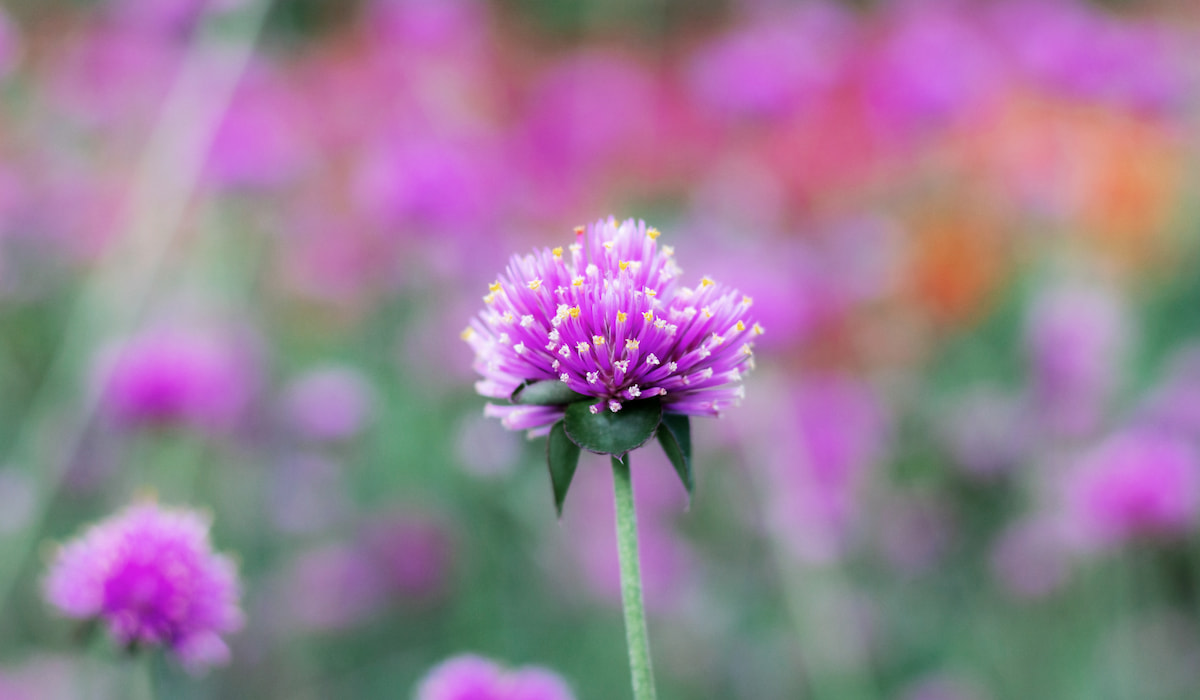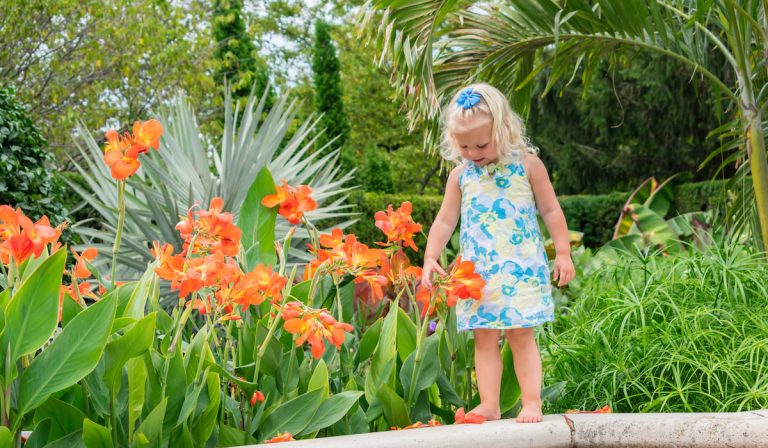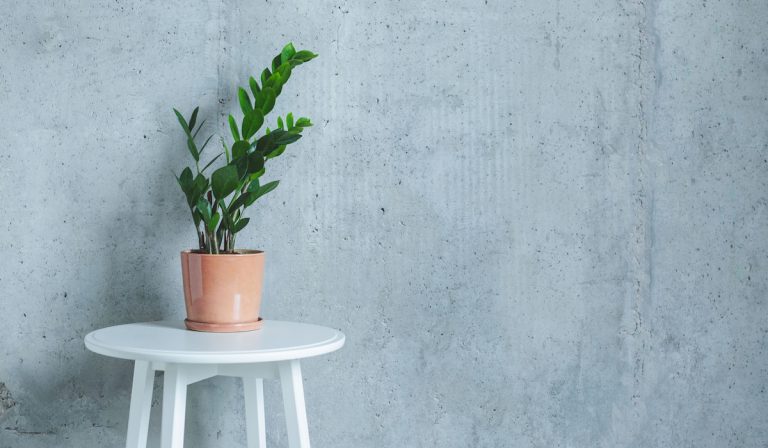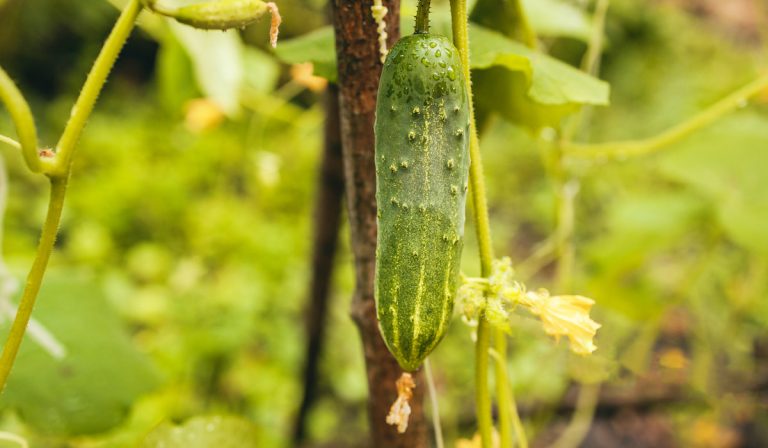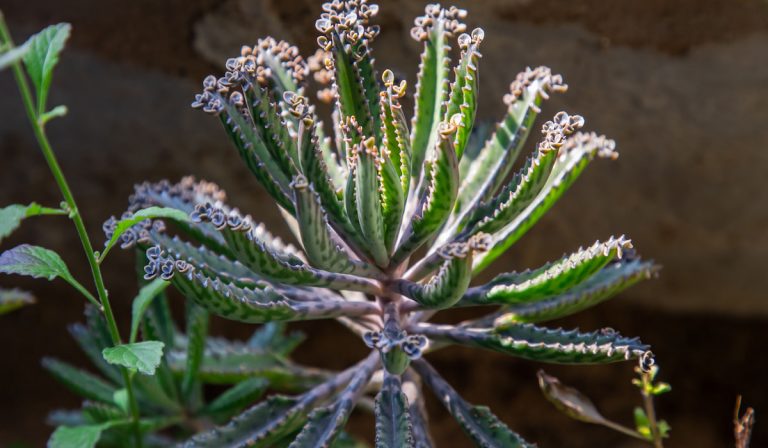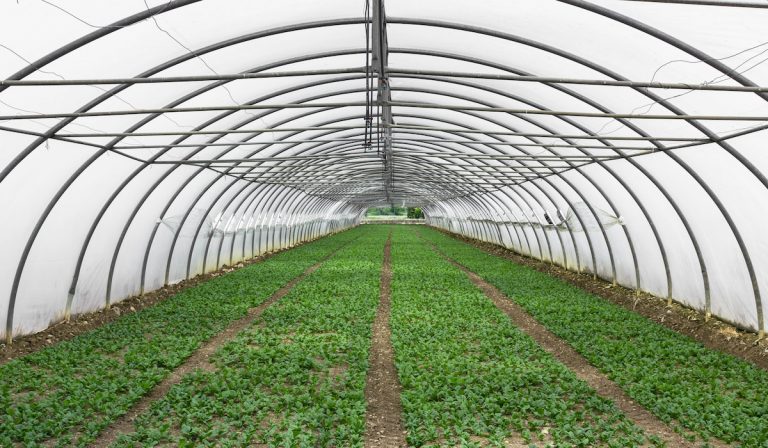Best Flowers to Grow in Arizona
Planting flowers is one of the best ways to add vibrancy and color to your yard. From afar, it might seem unattainable. But with a little preparation and research, growing flowers in your yard will be a cinch.
One major thing to remember when planting beautiful and healthy flowers is to pick the right flowers for the area you reside in. Ensure your choice will thrive in your environment.
If you are an Arizonan looking to plant new flowers in your yard, you will find this post useful. Herein we talk about some of the best flowers to grow in Arizona.
Table of Contents
Best Flowers to Grow in Arizona

1. Adenium
The Adenium flower or Desert Rose is a perennial succulent. It has colorful flowers and unusually shaped, thick stems. When cared for properly, the Adenium flower can be used as a specimen plant both outdoors and indoors.
2. Angelonia
Angelonia, also known as Summer Snapdragon, is known for its ability to attract bees and butterflies.
It can be planted indoors or used for making flowerbeds and borders. Throughout the summer, Angelonia blooms beautiful pink, purple, white, or blue flowers.
Angelonia thrives in places where the weather is hot and sunny. They also prefer well-drained and moist soil, although they can tolerate brief dry spells.
3. Bougainvilleas
Bougainvillea is a genus that is poised to grow in Arizona.
Bougainvillea flowers are festive, evergreen, and colorful perennial plants. They come in several colors, including red, purple, white, orange, pink, and coral.
Several Bougainvillea varieties can be grown as trailing, long-growing, high-climbing vines. Alternatively, they can be grown as a compact dwarf shrub.
Bougainvilleas thrive in areas with adequate sun exposure. They also like deep, infrequent watering and will thrive in clay soil.
4. Bower Vines
Bower Vines are sub-tropical, fast-growing vines. They blossom clusters of tubular flowers which have deep-red or pink throats.
Bower Vines can reach heights of almost 20 feet. In some cases, they are used in supported and protected green walls. In other cases, they are grown on trellises and arbors.
Bower Vines enjoy areas with filtered shade and full sunlight exposure.
They are best grown on the south or east-facing walls. They thrive well in fertile, well-drained soil and require frequent watering.
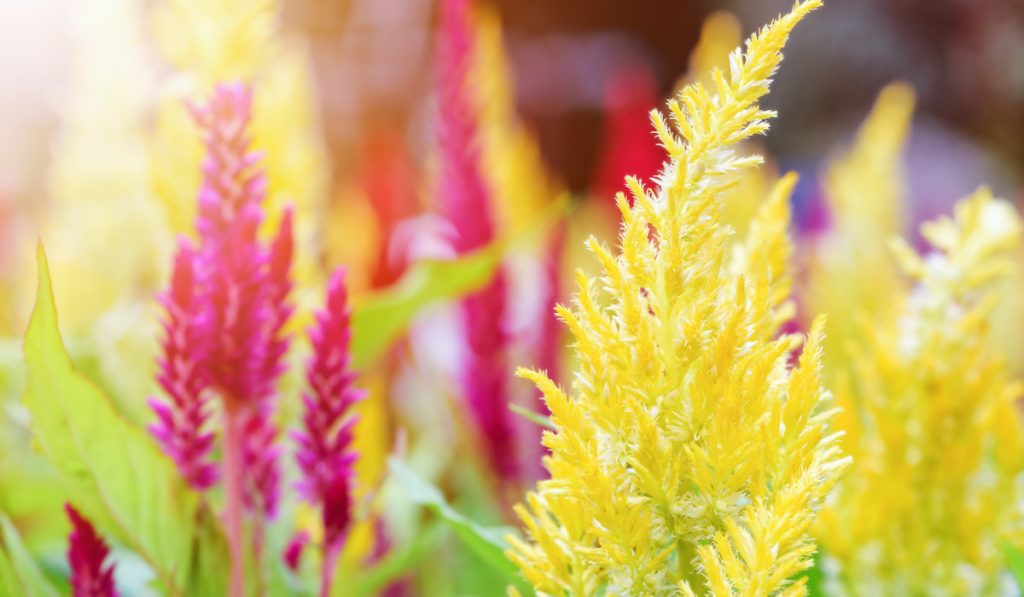
5. Celosia
Celosia flowers are typically red, yellow, or orange. They produce crested or upright spires and have a unique twist to them.
Celosia is suitable for making bouquets, flowerbeds, and borders. They may also be kept in containers.
Celosia thrives in well-drained soil and should not be watered too often. It also prefers the morning sun.
6. Coreopsis
If you want flowers with long-lasting colors, then Coreopsis is the answer.
Coreopsis continues blooming even when most summer flowers are no longer in season. It is perfect for edging, mixed borders, indoor cut flowers, and window boxes.
Coreopsis should not be watered too often, except during hot summer months or periods of extreme drought.
7. Cosmos
Cosmos flowers are quite beautiful. They bloom in various colors, including red, pink, yellow, orange, maroon, and white.
Cosmos flowers are excellent for attracting birds, bees, and butterflies. They can be used for edging, mixed borders, cut indoor flowers and window boxes.
They are also quite hardy as they can tolerate general neglect, drought, and poor soil conditions.
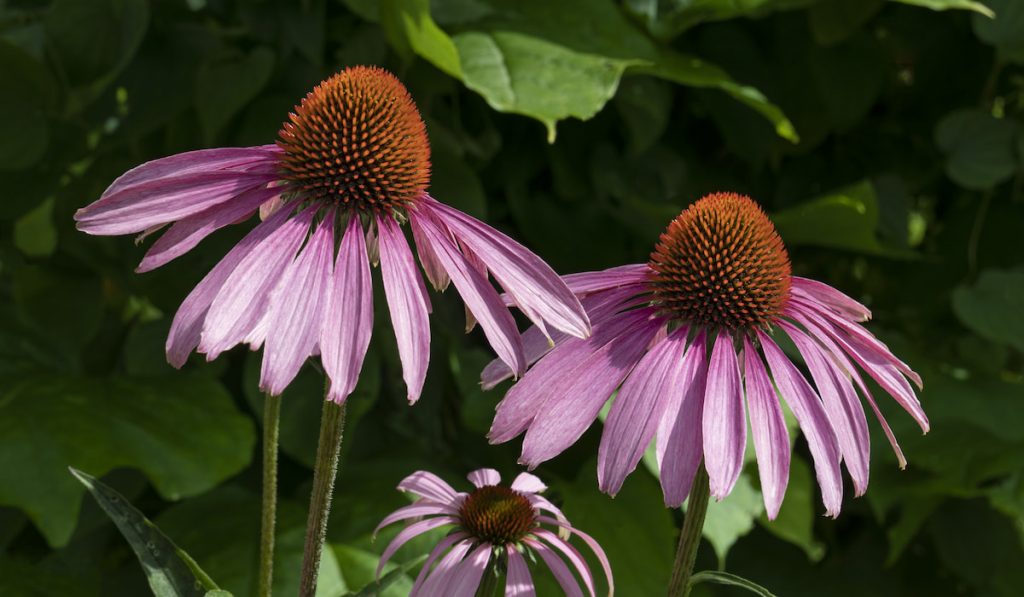
8. Echinacea
Echinacea is also known as Coneflower. It is a beautiful flower, which is shaped like a cone.
Echinacea is a hardy perennial. It can grow approximately 1-5 feet high and blossom into various colors. It can be used in mixed flower borders or as accents. It may also be planted in containers.
Echinacea enjoys areas with partial shade and full sunlight exposure. It thrives in well-drained soil and requires regular watering.
9. Gaillardia
Gaillardia flowers are also referred to as Blanket flowers. Several varieties of Gaillardia flowers are available.
Some are low-growing and spreading, while others are stiff and upright clumps with flower stalks growing up to 3 feet high.
Gaillardia can be grown in xeriscaping gardens, butterfly gardens, and flower gardens. It can also be used in perennial borders.
Gaillardia should be planted in areas with partial shade. The soil for planting should be amended using organic compost.
Once planted, make sure you offer regular and supplemental watering to your Gaillardia flowers.
10. Gazania
Gazania flowers are also known a Treasure Flowers or African Daisies.
Gazanias are tender perennials that have cheerful and bright daisy-like flowers attractive to butterflies. They are easy to grow, and once established, are drought and heat-resistant.
Some varieties of Gazania grow as trailing flowers, others as clumps.
They can be used in containers, edgings, pathways, and hanging baskets. They can also be used as perennial or annual ground cover.
Gazania enjoys regular watering and afternoon shade.
11. Golden Fleece
The Golden Fleece is also called Autumn Goldenrod or Short-Pappus. It is an herbaceous perennial that can grow around 2-4 feet high with beautiful yellow flowers that attract butterflies and bees.
Golden Fleece can be used in wild gardens, naturalized areas, and perennial borders. Some varieties can be grown in containers.
Golden Fleece thrives in dry to medium-watered, well-drained, and fertile soil. It also prefers areas with full sunlight exposure.
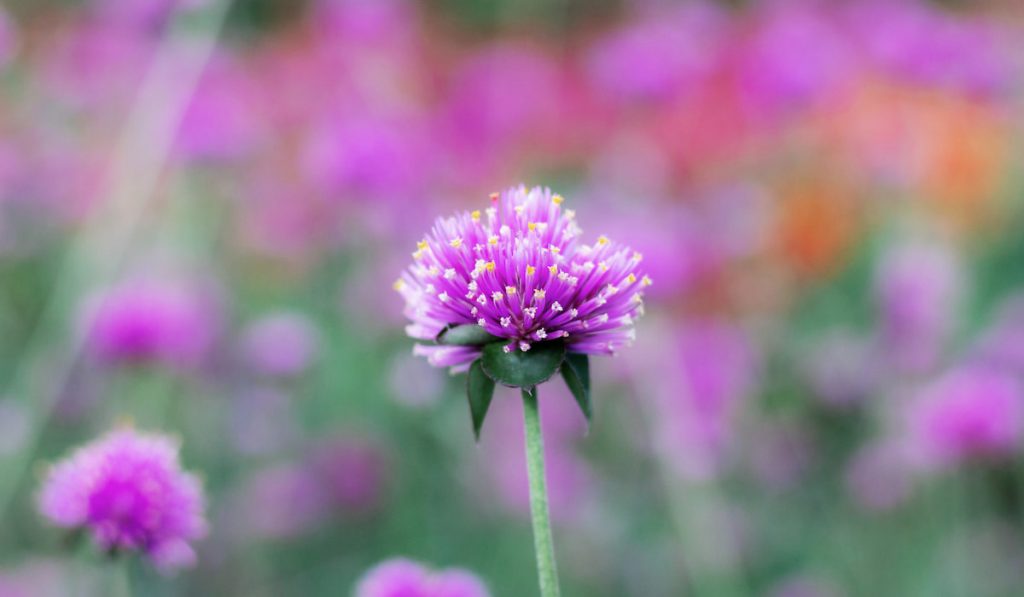
12. Gomphrena
Gomphrena has unusual globe-shaped flowers.
The flowers come in various colors, including pink, purple, blue, red, magenta, white, and orange. If you own a cutting garden, then Gomphrena is a must-have.
Gomphrena is perfect in containers, mixed borders, cut indoor flowers, edgings, and window boxes. The varieties of Gomphrena love to be watered regularly. They also prefer areas with full sunlight exposure.
13. Hibiscus
Hibiscus is a beautiful, colorful, disc-shaped flower. It blooms with orange, red, pink, white, and yellow flowers.
Hibiscus is an excellent addition to perennial borders or garden beds. It can also be used as cover for fences or walls. Hibiscuses require frequent watering, especially in periods of extreme heat.
The ideal area for growing Hibiscus would have full sunlight exposure. But even in partial shade, they will grow.
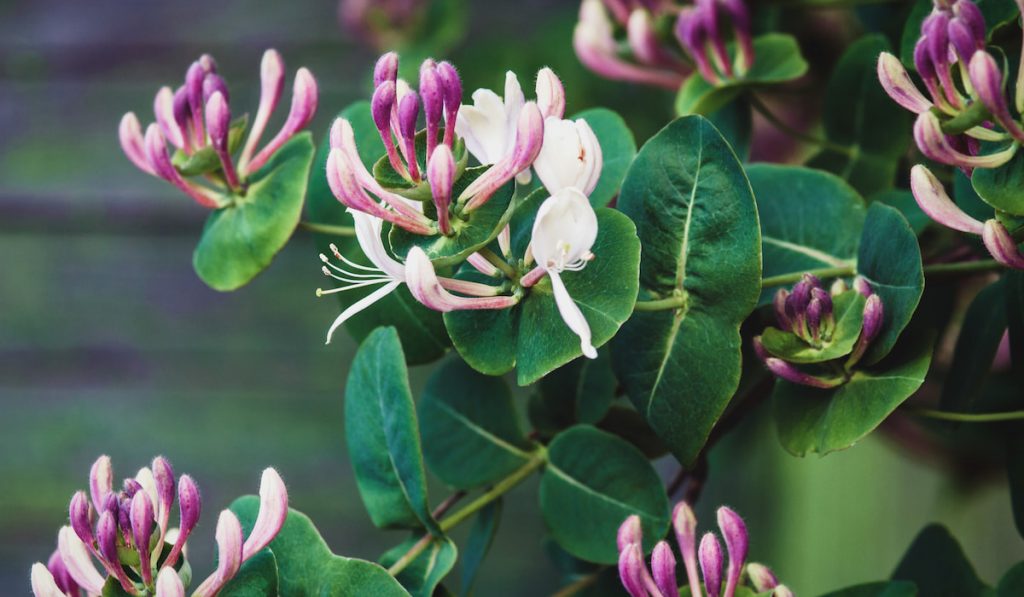
14. Honeysuckle
Honeysuckle is a group of flowering plants with over 180 species. Members of this group bloom tubular flowers with fragrances that attract hummingbirds.
Honeysuckles are perfect for hiding outbuildings and unsightly walls. Some varieties grow like shrubs and make good groundcovers, while others are twining climbing vines.
Climbing Honeysuckles prefer exposing their flowers to the sun while their roots grow in the shade.
Newly planted Honeysuckle enjoy frequent watering. However, once the plant becomes established, watering should be reduced.
Honeysuckles are best grown on south or east walls, and once established, they tolerate a lot of sunlight.
15. Cape Honeysuckle
Cape Honeysuckle is a species of unruly, running, and sprawling evergreen shrub. Its tube-shaped flowers grow in clusters and are available in bright orange to vermilion colors.
Cape Honeysuckle is used as a shrub, groundcover, and espalier.
It prefers regular watering and areas with full sunlight, but partial shade is okay too. When growing Cape Honeysuckle, avoid reflected light and western and southern exposures.
16. Lantana
Lantana is an evergreen shrub available in several varieties. It blossoms bright, colorful, tropical, cheerful flowers that come in various colors. Some of these colors include white, pink, red, purple, and orange.
Lantana is a versatile plant and can be used as a large-scale ground cover, in hanging baskets, and as accent shrubs and informal hedges.
Lantana prefers areas with partial shade to full sunlight exposure. It requires regular watering, especially during hot summer months.
17. Lisianthus
Lisianthus is a beautiful rose-like flower that is grown for its astonishing appearance. It is excellent for borders, flowerbeds, and containers.
Lisianthus thrives in well-drained soil and partial shade to full sunlight. This plant should not be overwatered but must be kept moist.
18. Nierembergia
Nierembergia, also called Cupflower, is an annual spreading flower, which grows 2 feet wide and 12 inches high. Depending on the variety, Nierembergia produces beautiful violet-blue or bright white flowers.
Nierembergia is perfect in rows along garden borders or beds. It also does well in containers. Cupflower does well in both partial shade and full sunlight exposure. It is best grown in well-drained, moist, and organically rich soil.
19. Pentas
Pentas come with distinct five-point flowers which burst open when they bloom. Pentas is perfect for attracting hummingbirds and butterflies, and its flowers come in different colors.
It is excellent in containers, for groundcover, and for privacy. Pentas thrives in moist, well-drained soil with adequate sunlight.
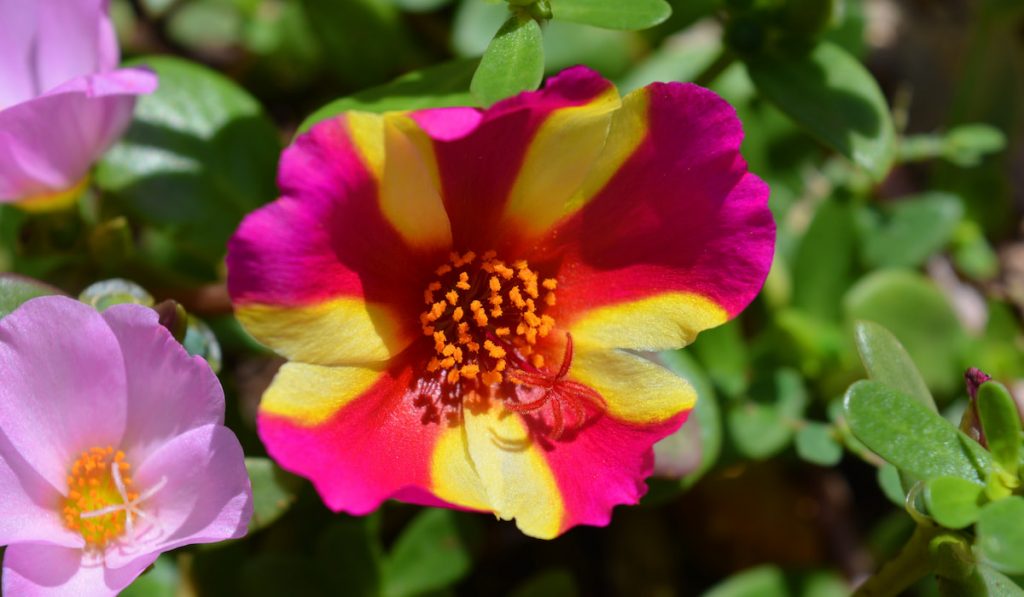
20. Portulaca
Portulaca blossoms vividly colored flowers that can be yellow, rose, red, orange, pink, purple, or white. It is perfect in containers and border edging in ground covering.
Portulaca thrives in hot climates and can tolerate drought. For Portulaca to bloom, it only requires minimal moisture.
21. Purslane
Purslane is a stiff but delicate herbaceous flower. It is bright, warm, and fragile. Purslane comes in double and single-flower varieties available in several colors, including red, orange, yellow, white, and pink.
It is excellent in containers and landscape planter beds.
Purslane thrives in well-drained soil mixed with sand and organic matter. It prefers areas with full sunlight exposure.
But planting in a partially shaded area favors flower production too. When watering Purslane, allow the soil to dry out slightly between waterings.
22. Blue Salvia
Blue Salvia is one flowering plant that is easy to grow. It blossoms beautiful flowers with vibrant colors throughout the summer and is used for borders and flowerbeds. It may also be grown in containers.
Blue Salvia requires regular watering and areas with full sunlight exposure.

23. Red Salvia
Red Salvia is also easy to grow. Its flowers bloom in zesty colors throughout the summer. Depending on the variety, some Red Salvia prefers shade while others prefer sun.
It requires deep and regular watering and is used for borders, in containers, and flowerbeds.
24. Tangerine Beauty Crossvine
Tangerine Beauty Crossvine is a woody vine that can be grown without hassle. It blossoms a large number of tangerine-colored flowers throughout the summer.
This vine can easily attach itself to most surfaces while growing up to 30 feet in height. It is used for privacy screens, in a mass planting, espalier and ground cover.
Tangerine Beauty Crossvine requires regular watering, especially during periods of extreme heat. It prefers areas with full sunlight exposure.
25. Vinca
Vinca blooms sufficiently and is the perfect choice for those who do not have time to monitor their gardens.
It is excellent in containers, flowerbeds, borders, and rock gardens. Vinca grows well in the full, hot sun, and it only requires watering when the soil surrounding it is dried out completely.
26. Mediterranean Vinca
Mediterranean Vinca grows 5-6 inches high and spreads about 24-40 inches.
It blossoms 2-inch flowers with dark green, glossy foliage and overlapping petals. Mediterranean Vinca flowers are available in various colors.
It is perfect for containers and hanging baskets. Mediterranean Vinca thrives in well-drained, fertile, and light soil. It also prefers areas with full sunlight exposure.
27. Zinnia
Zinnia is a fast-growing plant and is pretty easy to grow. Its blooms are often used to attract butterflies. Zinnia is excellent in containers, as indoor cut flowers, and in mixed borders, window boxes, and edging.
Zinnia thrives in soils with moderate moisture. It blooms all through the season and even when other flowers become deadheaded.
28. Petunias
Petunias come in many different sizes and colors. They do not thrive in areas with frequent rain and high humidity.

29. Marigold
Marigold is a vibrant and very unique flowering plant.
Its flowers grow in tight clusters and come in many different colors, including cream, orange, maroon and yellow. Marigold is easy to grow and can thrive in desert climates.
30. Brittle Bush
Brittle Bush thrives in areas with enough sun and requires little or no water. They are easy to grow and can be found throughout Arizona.
Brittle Bush radiates an amazing sage smell, which is one of its best attributes. The said fragrance makes its presence relaxing as it offers visual appeal.

